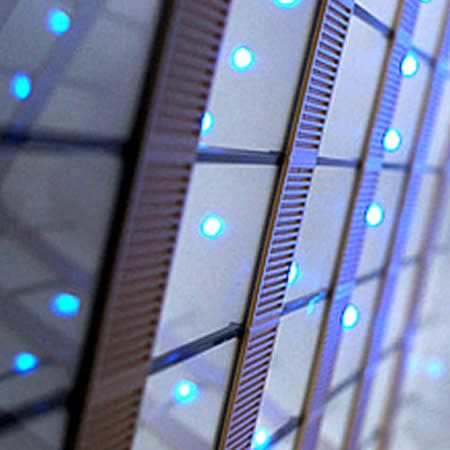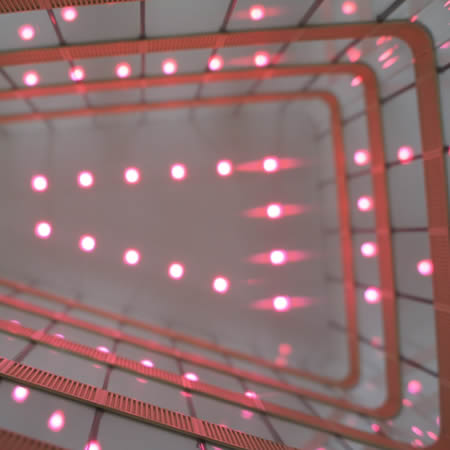LED ANALYSIS
LED lighting design: the advantages vs disadvantages
This LED lighting design article will highlight the main differences and myths surrounding various lighting technologies, specifically those used in museums, retail, and office environments. Let’s take a closer look.
Recently, I have read several articles by other lighting design experts on this subject. Nonetheless, I believe most of the claims made in these articles are a little, or sometimes a lot, exaggerated about the tremendous energy and cost-saving qualities of LEDs. Moreover, I believe there are particular energy and cost savings when using LEDs in a lighting design. However, it is challenging to put an exact figure on precisely what those savings might be. Moreover, you might also save energy, but how long will it take to recoup your initial outlay? Another question to consider is: at what cost does the quality of light come?
Overall, some energy and cost-saving claims are undoubtedly manipulated or exaggerated, so organisations or property developers abandon their present systems and invest in these expensive lighting technologies. For example, if we use what the manufacturers claim is the same amount of light output to replace a typical T8, 1800mm, 70-watt fluorescent tube costing between £3.50 and £4.00 with a 22-watt LED tube costing between £75 and £95, the difference in outlay is significant.


Yes, you can bring loads of things into the equation. For example, how long does it take to replace a lamp, and how many additional fluorescent tubes do you require? Whatever factors you bring into the equations won’t be an overnight solution.
It would help to do the mathematics if you knew exactly how long the LEDs would last. However, no one can tell you that. Moreover, there are claims of 30,000 to 50,000 hours that are more than 10 to 20 years when you apply a rough guideline of use. But do they?
Let’s analyse LED lighting design, as LEDs are the relatively new boy on the block and, in my view, the way forward for most new lighting design installations.
The energy issue and cost depend on the value you apply to the convenience factor. For me, this is where LEDs start to shine (pardon the pun).
Considering the LEDs live up to their claimed lifespan, you can install and focus them. Consequently, they sit back and forget them for every year that passes. You know that eventually, you will have money in your pocket while helping to cut your carbon footprint. Unfortunately, I can’t inform you accurately how long that will take, and I do not think anyone else can either. I will let you do the math on how long it takes to recover this initial outlay.
Good Lighting Design
There is simply no substitute for a good lighting designer’s knowledge, expertise, and experience.
When selecting a lighting designer, it’s essential to check if they are independent lighting design consultants. It’s also crucial to ensure they aren’t affiliated with any lighting manufacturer. This helps your lighting design consultant provide unbiased and unambiguous recommendations on what lighting solutions might best suit your needs.
If you want a lighting option that offers the best quality, but can handle the extra maintenance, high energy usage, and the need for frequent refocusing, then halogen is the way to go. However, if any of these factors are a concern and your current system is already struggling, LED lighting design is probably your best bet. You could also choose to use different technologies to achieve your lighting goals.

